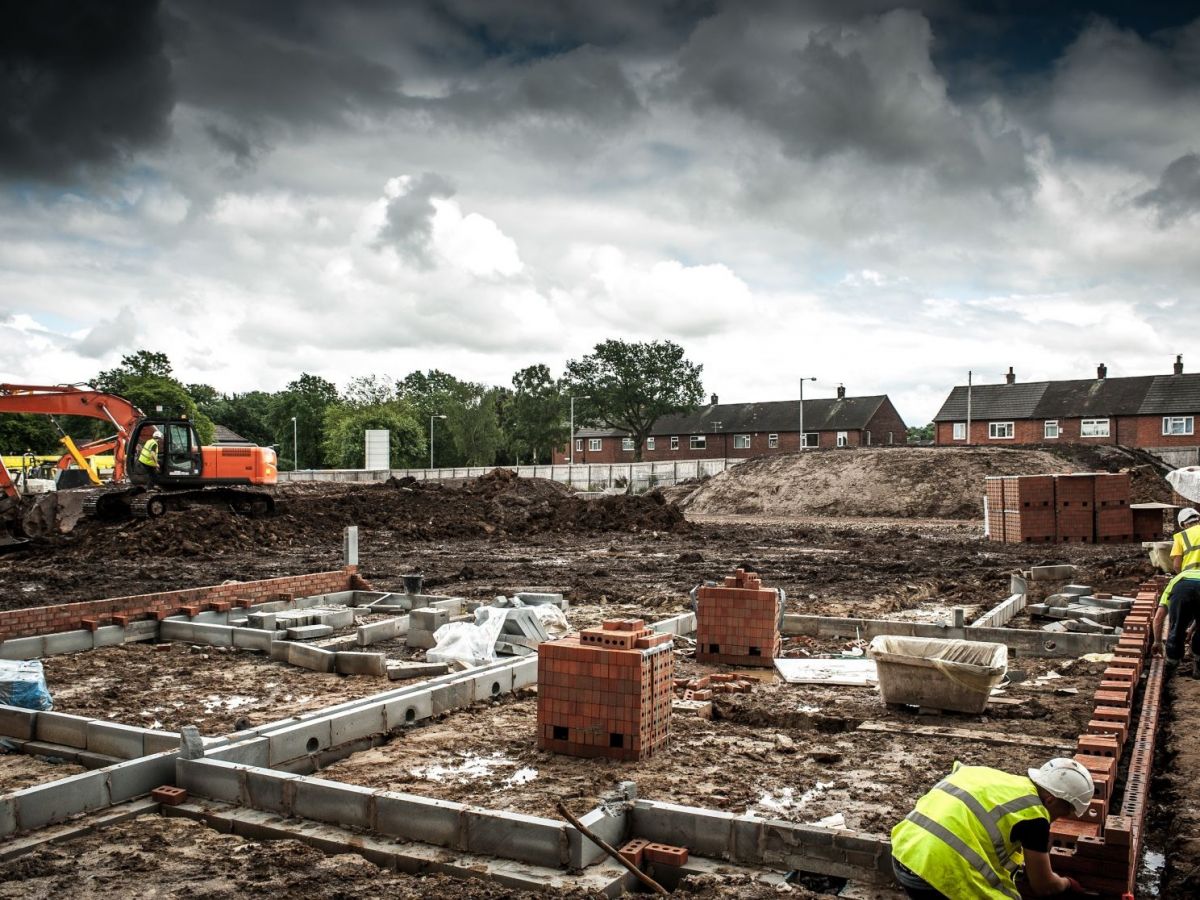The ruling makes it possible for a division of the real estate investment company Ardstone to build 636 flats at Milltown Park, Sandford Road, Milltown.
The idea is for a combination of two- to ten-story buildings made up of studios, flats, and duplex units spread across seven blocks, together with an outdoor play space and creche situated on a 4.26-hectare plot.
The proposals also call for the destruction of many additional structures, including the 18th-century Milltown Park House.
In addition, they call for the renovation of Tabor House and the Chapel, which are located on Milltown Park's grounds, to provide additional residential facilities and a new entrance on Milltown Road.
The previous decision made by Dublin City Council to provide Sandford Living planning clearance under the Large-Scale Residential Development procedure was upheld by An Bord Pleanála.
Many requests were turned down by it, including a few from nearby Norwood Park and Cherryfield Avenue resident associations.
The board also received 67 third-party remarks that identified issues that were similar to those raised by the appellants.
Nevertheless, it came to the conclusion that neither the surrounding properties nor the area's residential or aesthetic qualities would be gravely harmed by the planned construction.
According to the board, the development complied with both local and national planning regulations and was approved in terms of design, size, height, mix, and number of dwelling units.
The project's size and proximity to several public transportation alternatives would make it an acceptable residential density, according to the statement.
The planned development was described as being “at an unacceptable scale at this location” by consultants working for the Norwood Park Residents' Association.
The Cherryfield Avenue Residents' Association expressed confusion about how the properties, which are needed for future community amenities, could be utilised exclusively for residential purposes under their existing zoning.
The location, according to the organisation, may be developed into open space as well as medical, educational, and sporting amenities.
The overwhelming loss of habitat and the overpowering influence of the proposed development were among the other issues brought up.
According to Sandford Living, the building heights adhere to planning regulations, and the extent of tree clearance was done to make room for a new public park.
The developer's consultants stated that the main objectives of the project would be “to increase housing supply on a strategically located large plot of underutilised land, to bring historic buildings back into active use, and to open up the site to the wider community through provision of an extensive range of open spaces.”
An Bord Pleanála's planning inspector expressed pleasure that the development will benefit the neighbourhood.
According to the inspector, the community could accommodate structures up to the suggested height.
In 2019, Ardstone acquired the site of the former Jesuit grounds in Milltown Park, near Gonzaga College, for €65 million.
Previously, a Bord Pleanála had given in to a High Court case against a large-scale build-to-rent project with 667 units that had received planning clearance for the same location.
After objectors questioned the objectivity of the board's former deputy chairperson, Paul Hyde, due to his familial connections to several projects, the board decided not to contest a number of judicial review cases against several proposed developments, including the Milltown Park scheme.















